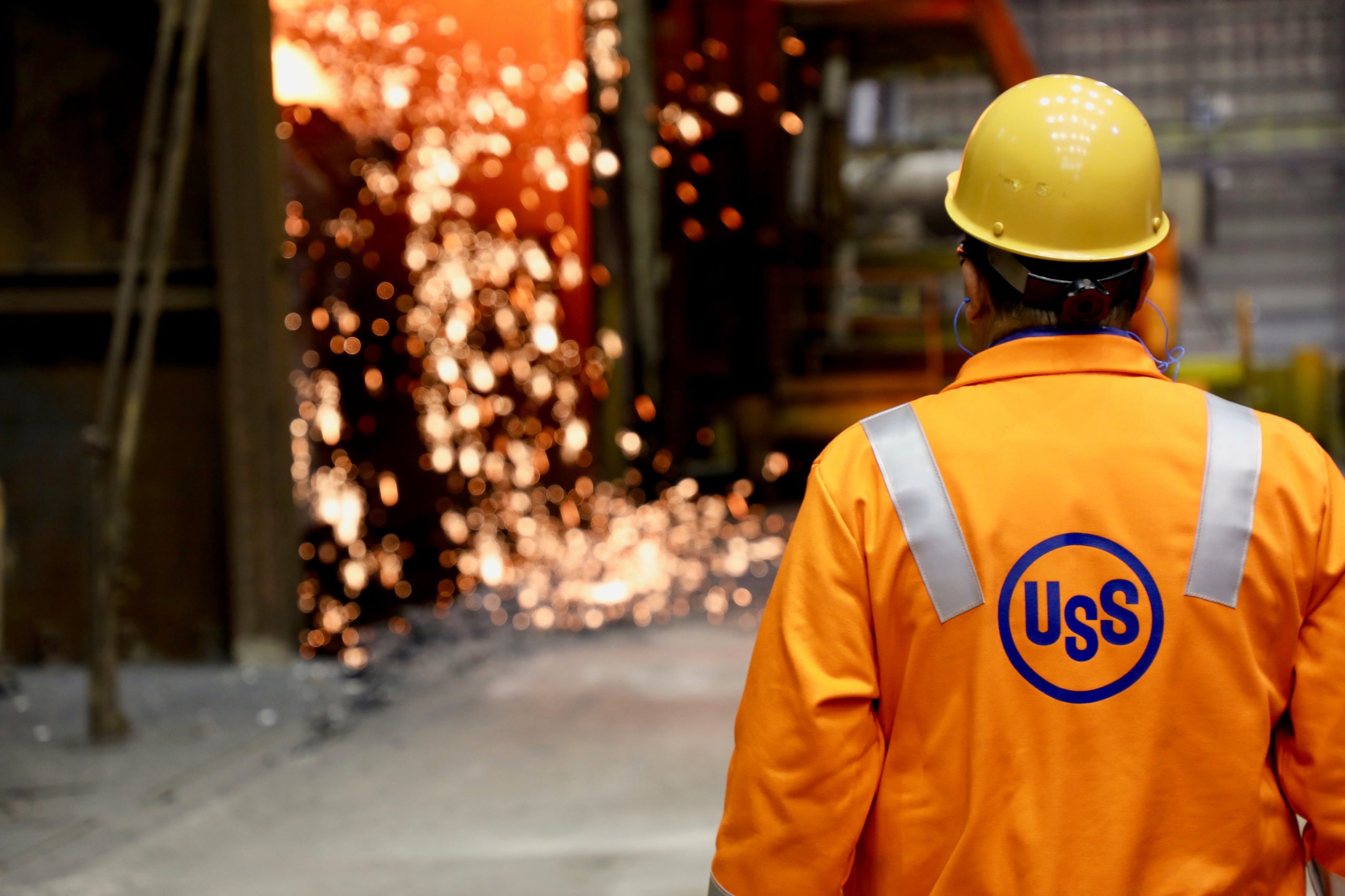Australian mining initiatives to improve productivity, innovation
The mining sector is etched into the Australian economy since the gold rush in 1850. With a labour force fully equipped for the volatility that the sector brings. Australia’s abundance of lead, nickel, iron, copper and other minerals are responsible for this commodity-based economy.
With changes occurring globally in the mining sector. Initiatives are being implemented and a growing number in innovations to increase overall productivity.
Expected changes in the mining industry include workforce management, operations due to technological advances, current tech involvement, recruitment and changing employee & board capabilities, changing perceptions of the mining industry,s etting realistic shareholder expectations, water management and more collaborations with METS (mining equipment, technology, and services like hydraulic repairs) to name a few.
Workforce management
There is no industry without a workforce, and the workforce is evolving. According to Deloitte, the biggest impacts to the workforce are the booming gig economy (short-term tenures, independent contractors and remote workers), robotics and cognitive technologies.
With the exponential changes in process and the necessity to reskill and upskill, it is vital for the mining industry to take a fresh look at managing the workforce by providing on-going training and the flexibility for workers to operate within tenures that suit them. An initiative example of reskilling and up skill training is by BHP, who offers training to fill the STEM gap.
Future employee capabilities
The Australian government has committed to funding STEM (science, technology, engineering, and mathematics) programs with 1 billion dollars into the education system. This means the new wave of employees will be equipped with programming, coding and digital skills, enabling them to know their way around robotics and technology within the sector.
Mining companies will need to ensure their existing employees can also parallel the capabilities of future employees. This allows for mining innovations to come from the sector, with miners creating operational assets that will best suit the needs.
Technological advances
Since the time of computers, we have foreseen the growth and implications of technological advances. This means driverless transportation, better systems that can be controlled remotely. According to a mining report released by the department of mining, there were 52 fatal accidents in Western Australia mining alone in a span of 13 years. Tech involvement could mean a decrease in mining-related fatalities, with less human involvement in hazardous conditions, i.e.: underground, at a height or exposed to harmful toxins.
Technology innovation highlights
* Initiative such research and development tax incentives could mean, more tax benefits for investors who fund R&D projects in Australia * The international council of mining and metals (ICMM) has proposed having cleaner surface vehicles that are greenhouse gas emission-free by 2040.
Technology collaborations
* Seequent and IMDEX are launching software than can ultimately lower cost and increase productivity in the mining industry. A 3D visual technology that collects surface data and determines the structural integrity of a drill hole. This means the process can stop after the initial drill if the subsurface is deemed unviable by the software. Saving money and time.
Setting realistic shareholder expectations
With change comes realigning expectations. The mining sector attracts many investors and shareholders, all in it for a return. But, adopting ongoing changes can often cause highs, lows, and uncertainties.
Shareholders generally understand how this works and hold a lot a power in dictating the direction a company will sway. At the end of the day, their concerns are on the capital allocation on technology or process that will yield the bigger number.
Ensuring increased productivity reports is vital for investors to learn where the money is going. According to an interview with BHP’s shareholder Elliot Advisors, the following were advised to the mining industry to meet the demands and foster good rapport with company shareholders.
More transparency: Talk about the negatives as well as the positives. The advice borders on working towards delivering on promises consistently.
Long-term governance model: Building a legacy rather than focusing solely on delivering monetary benefits. Focus more on the value of the company’s existence has in the communities, environment, development and the economy they serve.
Water management
There have been global concerns surrounding water conservation due to the finite nature of the resource. The mining and resource industries have always relied on gigalitres of water every year on operation in Australia. According to the ABS the 2014-2015 estimated 76,140 GLs of water was extracted to support the resources industry.
Australia is also a dry continent exacerbating the problem. The international Council of Mining and Metals (ICMM) announced their new commitment to better water management to their members including Rio Tinto, BHP Billiton, South 32, Barrick, MMG and 18 others. The initiative saw published resources like “A practical guide to consistent water reporting report” along with prompting to the miners to work closely with government agencies to achieve sustainable water usage practices.
There you have it, the 5 key important initiatives to aid the mining and resources sectors to stride forward smoothly.
(By Daniel Smith with the kind industry input of Hydramech and the Institute of Minerals Research)
More News
{{ commodity.name }}
{{ post.title }}
{{ post.date }}



Comments